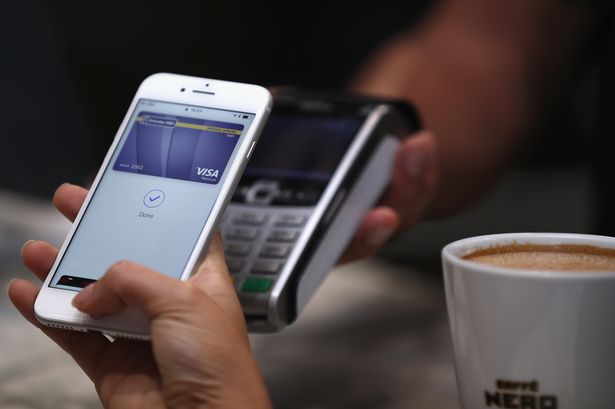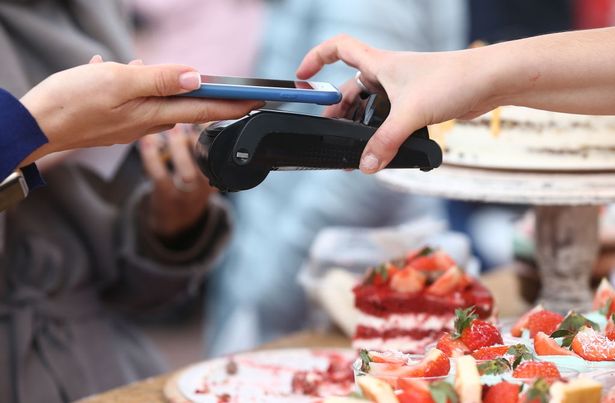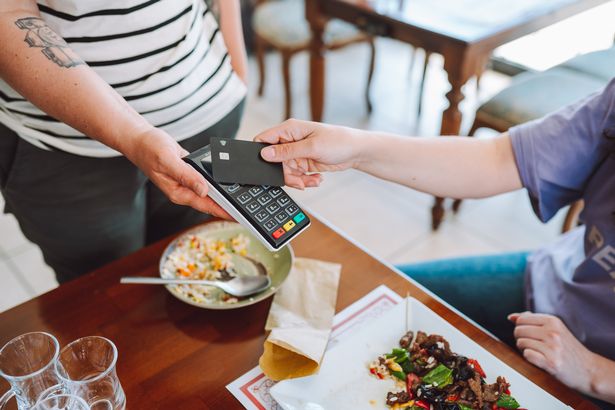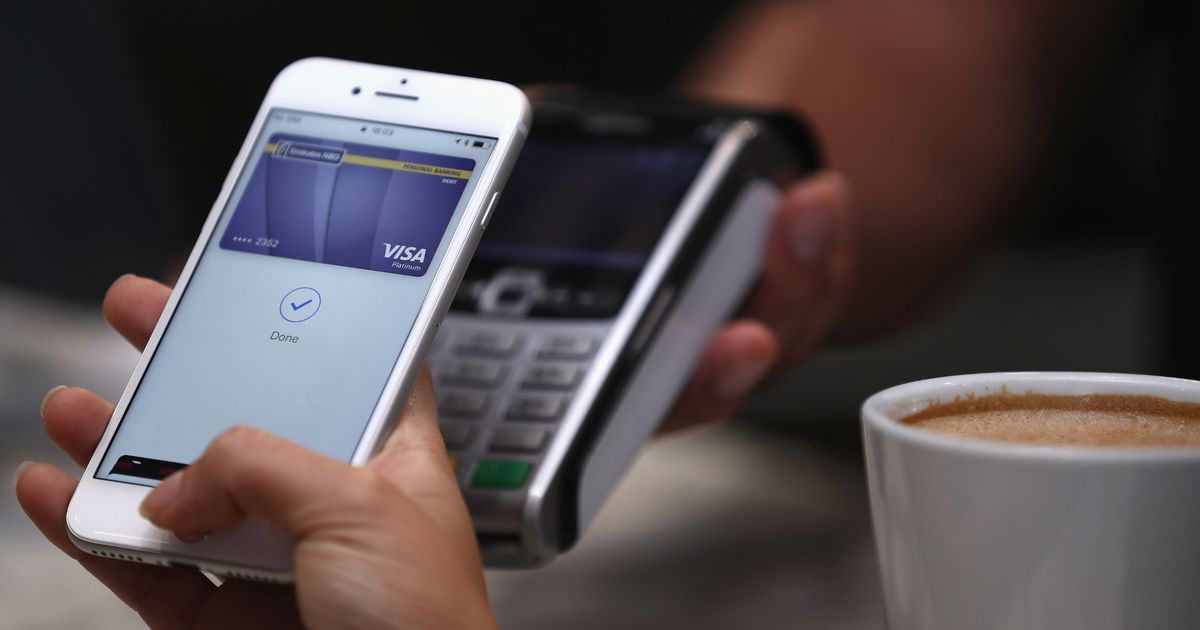The rise of phone payments has made overspending easier than ever. A money-saving expert reveals how you can be more conscious with your money and avoid making careless one-tap purchases
08:00, 10 Apr 2025Updated 08:38, 10 Apr 2025
 Money expert shares how you can be more conscious with your money and avoid careless spending with Apple Pay(Image: Getty Images)
Money expert shares how you can be more conscious with your money and avoid careless spending with Apple Pay(Image: Getty Images)
With the rapid development of technology, convenience has never been more accessible. From tapping your phone when hopping on the tube or pressing the power button twice to process an online shopping order, now more than ever, making purchases has become a passive action.
There’s no denying that the most considerable appeal of one-tap payments is how easy it is. Following a study in 2021, MIT found that consumer spending habits strongly correlate to the payment method.
Cash is undoubtedly the most restrictive payment method, especially post-COVID-19, as many retailers now refuse to accept physical money. Credit cards were first introduced in the UK in 1966, and debit cards followed two decades later in 1987. According to the Bank of England, it wasn’t until 2017 that debit card transactions surpassed cash as the most popular payment method in the UK until 2017.
 More and more people are using their smartphones to pay, which is leading to poor financial decision(Image: Yegor Aleyev/TASS)READ MORE: ‘I was in £18K of debt but I managed to turn my life around without needing to work’
More and more people are using their smartphones to pay, which is leading to poor financial decision(Image: Yegor Aleyev/TASS)READ MORE: ‘I was in £18K of debt but I managed to turn my life around without needing to work’
The MIT study indicated that consumers tend to make larger payments with credit cards due to a physical disconnect to the purchase. Unlike cash transactions, where customers can visibly see their money leave their wallets.
With the rise of Apple Pay and Google Pay, there is an even larger disconnect when making purchases. This is because there is no need to physically hold a credit card or retrieve it from your wallet, ultimately removing the immediate realisation of the purchase until later.
The ability to tap to pay is still relatively new, and evidence suggests paying by phone is even less consequential than using debit and credit cards. A 2019 study from the University of Giessen revealed that individuals utilising mobile payments tend to exhibit a higher financial impulses, which often correlates with expensive credit card habits, such as incurring late fees or making only minimum payments.
Anna Brading, the author of ‘Money Mentor: 10 Essential Steps to Do Your Future Self a Favour’ tells the Mirror how she has observed a shift in consumer spending due to contactless options like Apple Pay. She says: “I still remember being a kid and watching my mum carefully write payments in her chequebook and make regular trips to the cash machine.
“Fast forward to today, and I’m tapping my Apple Watch as I breeze through the train station. Spending money has never been easier, and while that convenience is brilliant, it’s also reshaping our habits.”
 The ability to tap via our phones is still very new, and evidence suggests that using these payment methods creates a separation from the purchases, ultimately leading customers not fully to understand their financial decisions (Image: Getty Images)
The ability to tap via our phones is still very new, and evidence suggests that using these payment methods creates a separation from the purchases, ultimately leading customers not fully to understand their financial decisions (Image: Getty Images)
Amid the changing habits, Brading reveals that many people she’s spoken to have struggled with overspending, due to how easy it is to tap to purchase. “I’ve spoken to so many people who’ve found themselves regularly overspending, not because they don’t care about their finances or budget, but because the friction of spending has almost completely disappeared,” she says. “When you can buy something with a single tap or click, it’s easy to disconnect from the real impact it has on your budget.”
Anna advises contactless users to consider the debit or credit card that it is linked to. “Be cautious about linking to a credit card,” she explained. “While rewards and points can be useful from credit cards, they also make overspending easy, which can be a slippery slope into debt.”
She adds that this payment option shouldn’t be used for all purchases as it’s not always a wise choice, and even when used for small purchases, it’s important to remember that these can add up. Instead, Brading suggest splitting your spending money into pots or categories.
“Get a bank account with ‘pots’, and create separate ‘pots’ for spending categories,” she says. “That way, when you need to make a purchase, you have to consciously move the money out of a specific pot, giving you just enough time to pause and ask yourself, ‘Do I really need this?’ and ‘Can I afford this right now?'”
Finally, Anna explains that if you want to continue using contactless payments, it’s essential to set up a “line of defence” between you and your spending and to make the convenience work for you and your budget.
